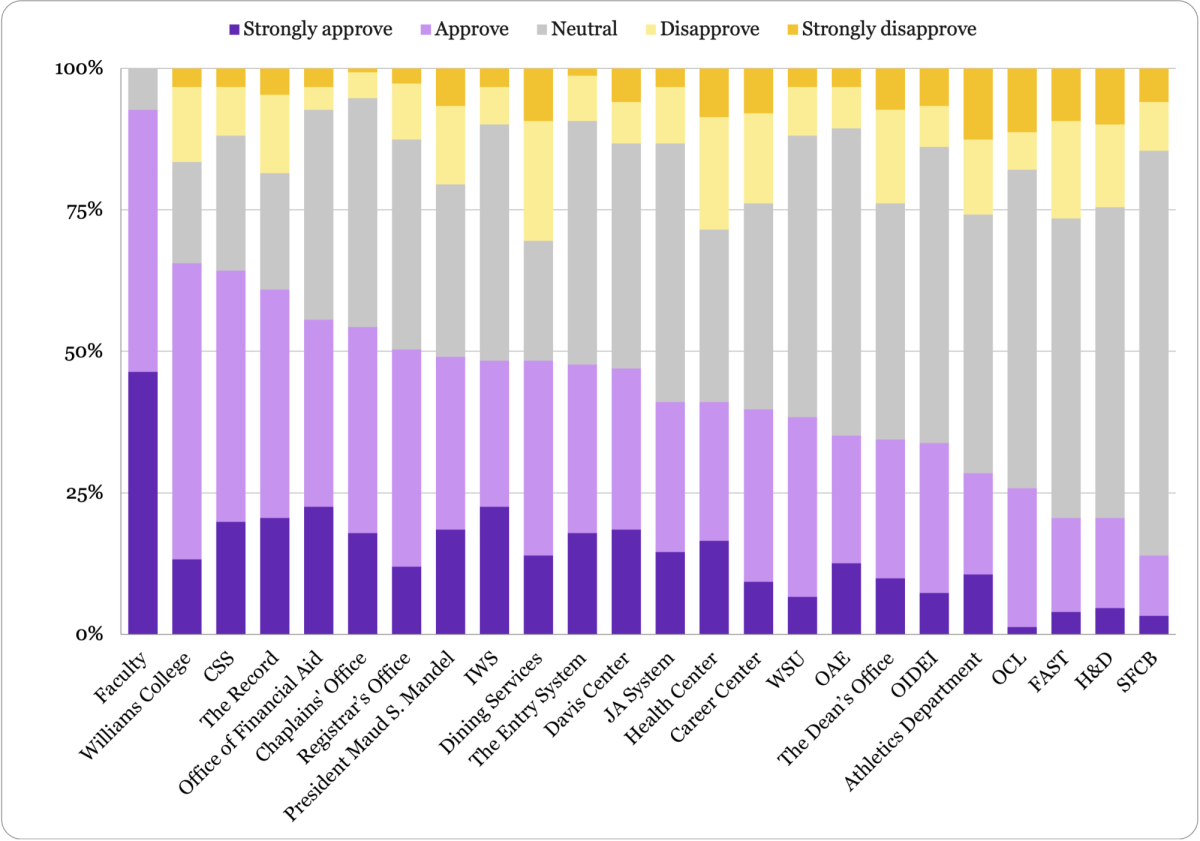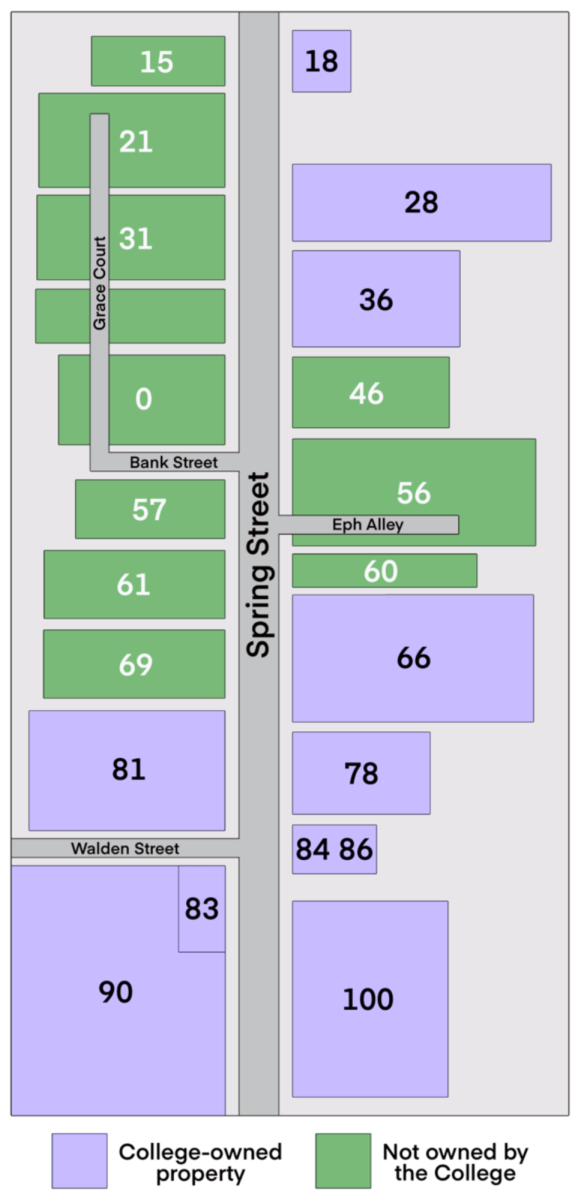From an idea to the classroom: The making of the annual course catalog
May 4, 2022
As students pre-register for courses, they turn to the course catalog for the information they need regarding class offerings, professors, and course descriptions. But many months before students even begin the registration process, faculty begin to conceptualize, develop, and edit course information so that it is ready for students to reference when they are planning for the next semester.
“Putting together the course catalog is a bottom-up process,” Chair of the Committee on Educational Affairs (CEA) Cathy Johnson said, describing how the ideas for new courses begin at the department level, often originating from a professor’s own proposal. These proposals are then reviewed by the department before they are sent off to the CEA, where they are edited and finalized.
But before this review process, professors often experience a moment of inspiration. For Professor of Music Marjorie Hirsch, who will be offering a class named “Hearing Through Seeing: Music and Visuality” in spring 2023, that came when one of her students who also studies art history invited her to give a lecture connecting her work to visual arts. “She asked me to do one on the concept of line and how it plays a role in music,” Hirsch said. “That, I found, was really interesting to work on.”
Senior Lecturer in Psychology Susan Engel, however, was inspired by some of her own research and personal reading when developing her new course “Suckers and Scammers,” which will be offered in the fall. “I wrote a book about children for parents, and in the chapter on moral development, I ended up talking about Bernie Madoff,” she said, referencing the man behind the infamous Ponzi scheme. “[Then] I read the book by John Carreyrou called Bad Blood, and I was obsessed with it. I couldn’t stop thinking, ‘What was [the fraudulent entrepreneur Elizabeth Holmes] thinking? What was the psychology of that?’”
Sometimes, students are the ones to convince professors to teach about a specific topic. When Professor of Mathematics Steven Miller gave a lecture as a prospective job candidate about applications of calculus in baseball, he was approached by several students in the audience, prompting him to lead an independent study on sabermetrics, the empirical analysis of baseball, and work with students on their research. “Based on [conversations with] students as to what they would like to see in the curriculum, I thought about teaching a full class on the mathematics of baseball,” he said, describing his decision to finally develop a full course, “The Mathematics of Sports,” which he will offer next spring.
After professors have an idea, the next step is often to get feedback from the rest of their department. “My colleagues — most of them, it turned out — were as obsessed with the topic [of fraud] as I am, and they had seen some movie or read some book that I didn’t know about, so I made a little list of those,” Engel said. “If you’re teaching a fun course, which this is, people just want to talk about it with you and give you good ideas because they all know stuff [you] don’t know.”
In some departments at the College, this process is more formalized. “After you have the whole course description written up, you bring it to the music faculty meeting,” Hirsch said. “You share it with all of your music colleagues, and they make some suggestions.”
At this stage, departments begin to submit course information — the grading scheme, enrollment numbers, prerequisites, and the course description — to the CEA, where the proposals are assessed by members of the committee. “We review new and revised course descriptions,” Johnson said. “What we review them for is not [whether the professors can] teach this course — that’s the decision of the faculty member and the [department] — but does the course description provide sufficient guidance and explanation to students?”
The final step is to ensure that course information is properly displayed on the online catalog. “The Registrar’s Office’s role is managing the database where the catalog data lives — managing the curricular software that’s used [to] help facilitate the work of the CEA,” Associate Registrar Amanda Turner said. After these databases are updated, the course catalog is finally ready to be updated on the catalog website, where students can access it to start planning out their courses for the next semester. “We make sure all the T’s are crossed and I’s are dotted,” Turner said.








